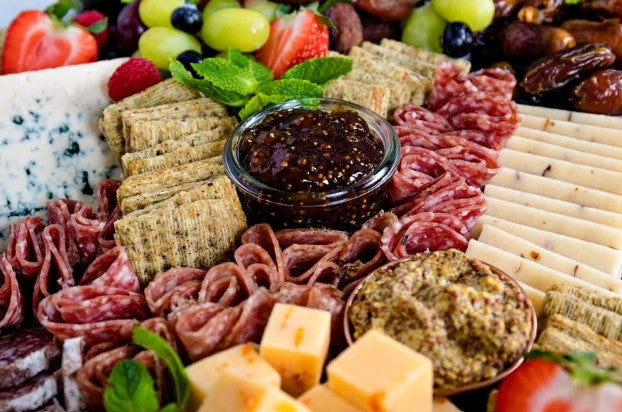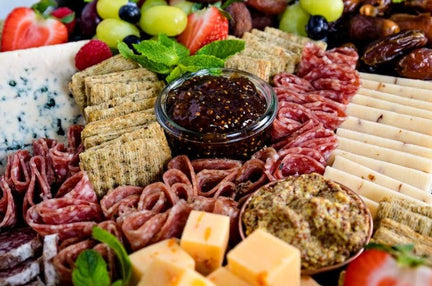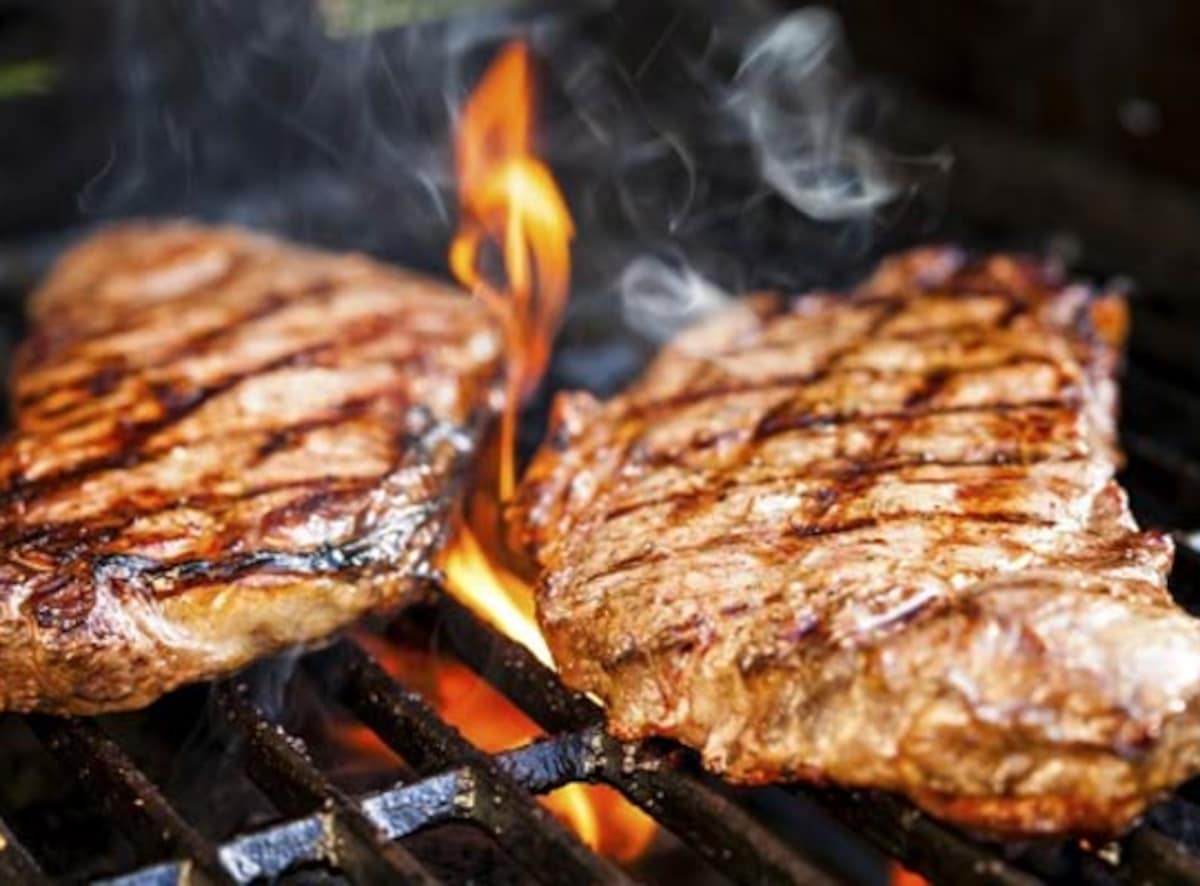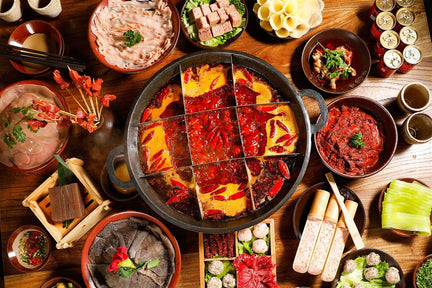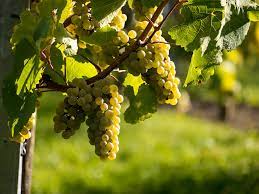
Lambrusco
Lambrusco is a sparkling red wine primarily produced in Italy’s Emilia-Romagna region, known for its lively bubbles, refreshing acidity, and diverse flavor profile.
All about Lambrusco
Appearance
- Color: Varies from light ruby to deep purple, depending on the grape variety and winemaking style.
- Opacity: Generally bright and clear, with some Lambruscos appearing slightly opaque due to natural fermentation methods. The wine is typically frizzante (lightly sparkling), adding to its visual appeal.
Aroma
- Primary Aromas:Cherry, strawberry, raspberry, and blackberry are common, providing a fresh, fruity bouquet.
- Secondary Aromas: Floral notes such as violets and roses, along with hints of herbs and spices like anise and pepper.
- Tertiary Aromas: Aged Lambruscos or those made with traditional methods can develop more complex aromas like earthy tones, dried fruits, and leather.
Flavor Profile
- Fruit Flavors: Prominent flavors include fresh red fruits like cherries, strawberries, and raspberries, along with darker berries like blackberries and mulberries.
- Other Flavors: Depending on the style, Lambrusco may also exhibit notes of herbs, spices, and a subtle earthiness. In more aged or traditionally produced wines, flavors of dried flowers, leather, and even chocolate might be present.
- Oak Influence: Minimal, as most Lambruscos are produced in stainless steel to retain their freshness and fruit-forward characteristics. However, some higher-end or more traditional styles may see slight oak influence, adding depth and complexity.
Structure
- Body: Light to medium-bodied, depending on the style and grape variety.
- Tannins: Low to medium, contributing to its smooth, approachable nature.
- Acidity: High, which adds to its refreshing quality and makes it an excellent food-pairing wine.
- Alcohol: Ranges from 10.5% to 12.5%.
Join the club
Get this varietal often & more delivered to your doorstep when you join our wine club!
Classic Series Membership
Regular price
From $39
Regular price
Sale price
From $39
Unit price
/
per
Vintners Series Membership
Regular price
From $42
Regular price
Sale price
From $42
Unit price
/
per
Limited Series Membership
Regular price
From $52
Regular price
Sale price
From $52
Unit price
/
per
Pairings for Lambrusco
